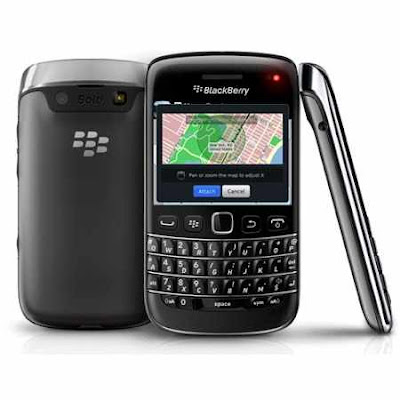We’ve already detailed that Intel’s x86 Atom has very slim chances when taking on Qualcomm’s ARM processors or any other new generation ARM mobile CPU from Samsung or Nvidia. Intel’s IDF 2012 Medfield launch is plagued by catastrophic benchmark results.
Many industry insiders were wondering and pointing out that Intel was very silent about smartphones during this year’s IDF event in San Francisco, California and the main reason for this is the fact that the platform has no chance to impress in the face of ARM’s army. Intel’s architecture may be power efficient by x86 standards, but when compared with ARM Cortex A9 or Cortex A15 processors, Medfield looks like Mr. Bean’s Mini next to a brand new BMW. Mini Cooper might sound good and it is a well-known brand just like Intel is, but it is very important to point out the model and performance as we’re definitely not talking about a Mini Cooper JCW. Despite having a huge software development team, Intel has not been able to get a decent level of performance in Google’s Android and the current benchmark results place the CPU a whole 33% behind a meager OMAP 4430 processor, designed and built by Texas Instruments. The guys at gsmarena.com have already got their hands on the new Motorola RAZR i that uses the new 2 GHz Medfield and the test results are painting an ugly picture.
Compared with a rather new generation SnapDragon S4 running at just 1.5 GHz, the 2 GHz Medfield needs 202% S4’s benchmark time to complete the test, GSMarena reports. This basically makes Intel’s flagship half as slow as a normal SnapDragon S4 Krait. There is a single area where Intel’s software team has managed a clear success and that’s the Sun Spider benchmark where the 2 GHz Medfield is the absolute best. Other than that, any other benchmark is only going to reveal just how weak the computing performance is and the PowerVR SGX540 iGPU is very old and can’t really compare with Nvidia’s Tegra 3 or Qualcomm’s Adreno 320.
The most important aspect is that, despite the fact that Intel has the absolute manufacturing technological superiority, ARM CPUs are still able to offer better performance and better power consumption. Texas Instruments’ OMAP 4430 for example is still being built in 45nm technology while the new Medfield is a 32nm CPU. Nvidia’s Tegra 3 is a 40nm chip built at TSMC and only Qualcomm’s Krait is a 28nm processor, but it also brings considerably better battery life along with very high single-threaded performance. Intel really needs a 22nm Atom processor to be able to put up a decent fight against today’s mid-range ARM CPUs.
On the other hand, by then, quad-core Cortex A15 chips will be out and we’re not sure Intel’s future dual-core 22nm SoC will be able to compete successfully even if the company manages to keep its manufacturing superiority. Tegra 3 is roughly twice faster than Tegra 2, but Tegra 4 is projected to be ten times faster so Intel’s future dual-core 22nm Atom won’t have it easier than Medfield.
 |
| Motorola RAZR i Phone Powered by Intel 2 GHz Medfield SoC Image credits to SlashGear |
 |
| Motorola RAZR i Phone Powered by Intel 2 GHz Medfield SoC Image credits to SlashGear |
 |
| First Medfield 2 GHz Benchmarks Inside Motorola RAZR i Phone Image credits to GSMArena |



 9/18/2012 08:41:00 PM
9/18/2012 08:41:00 PM
 dannzfay
dannzfay
























